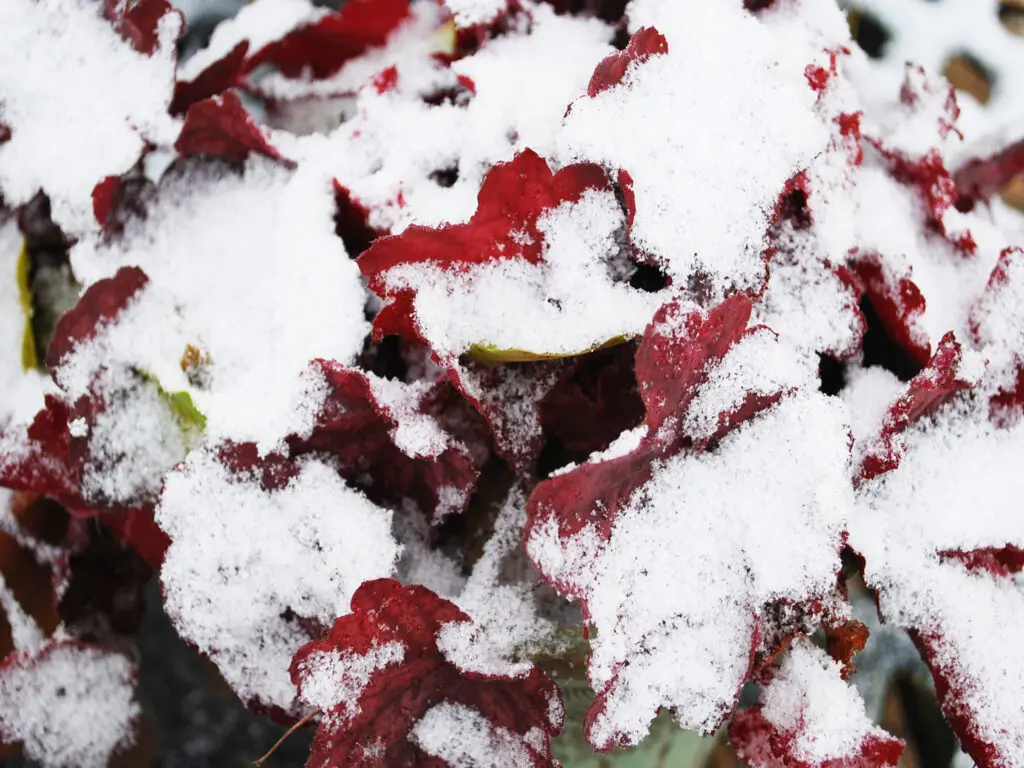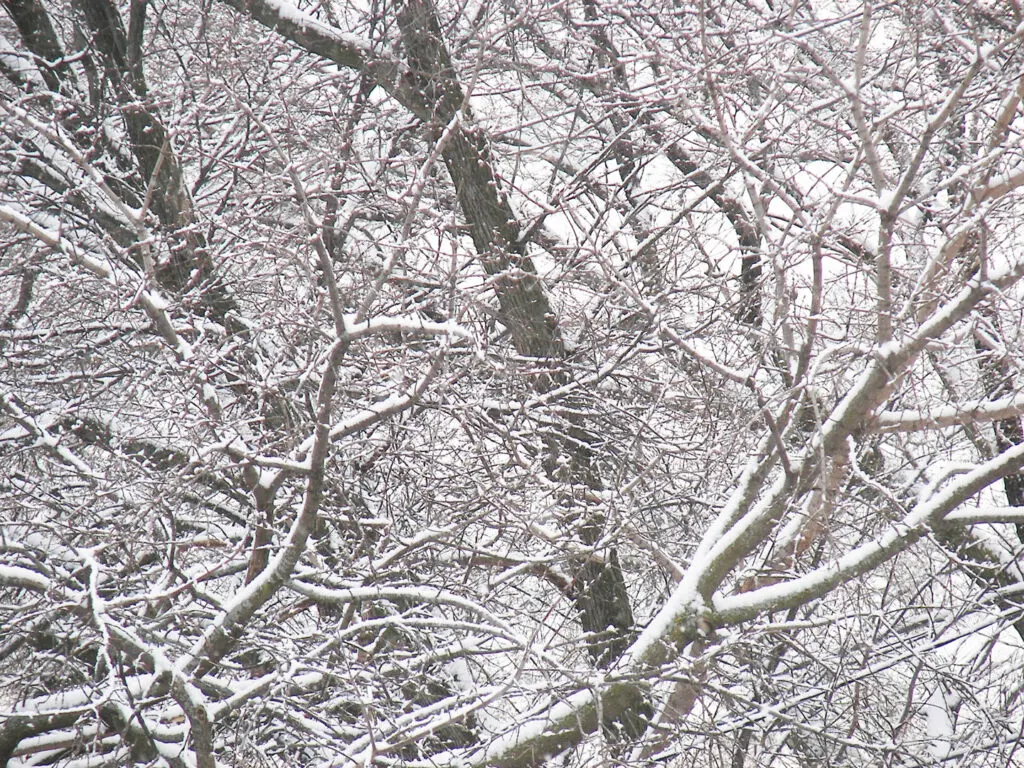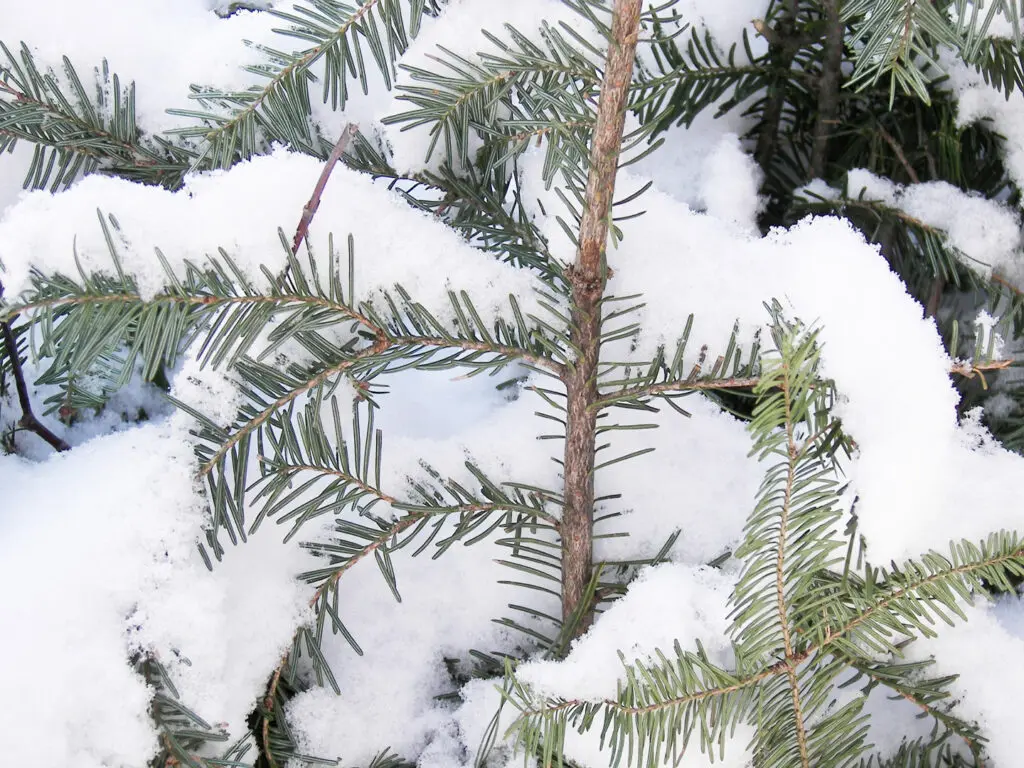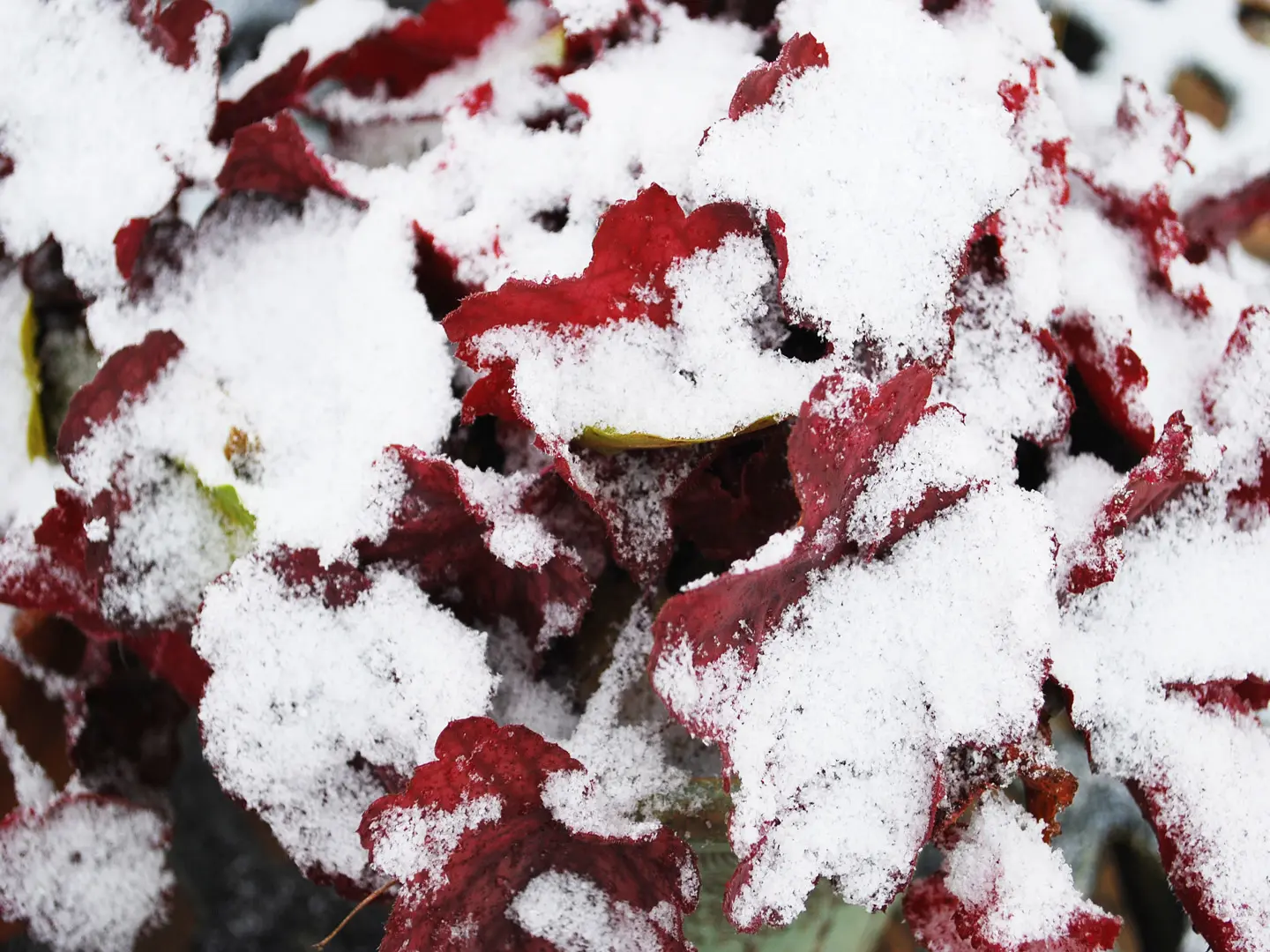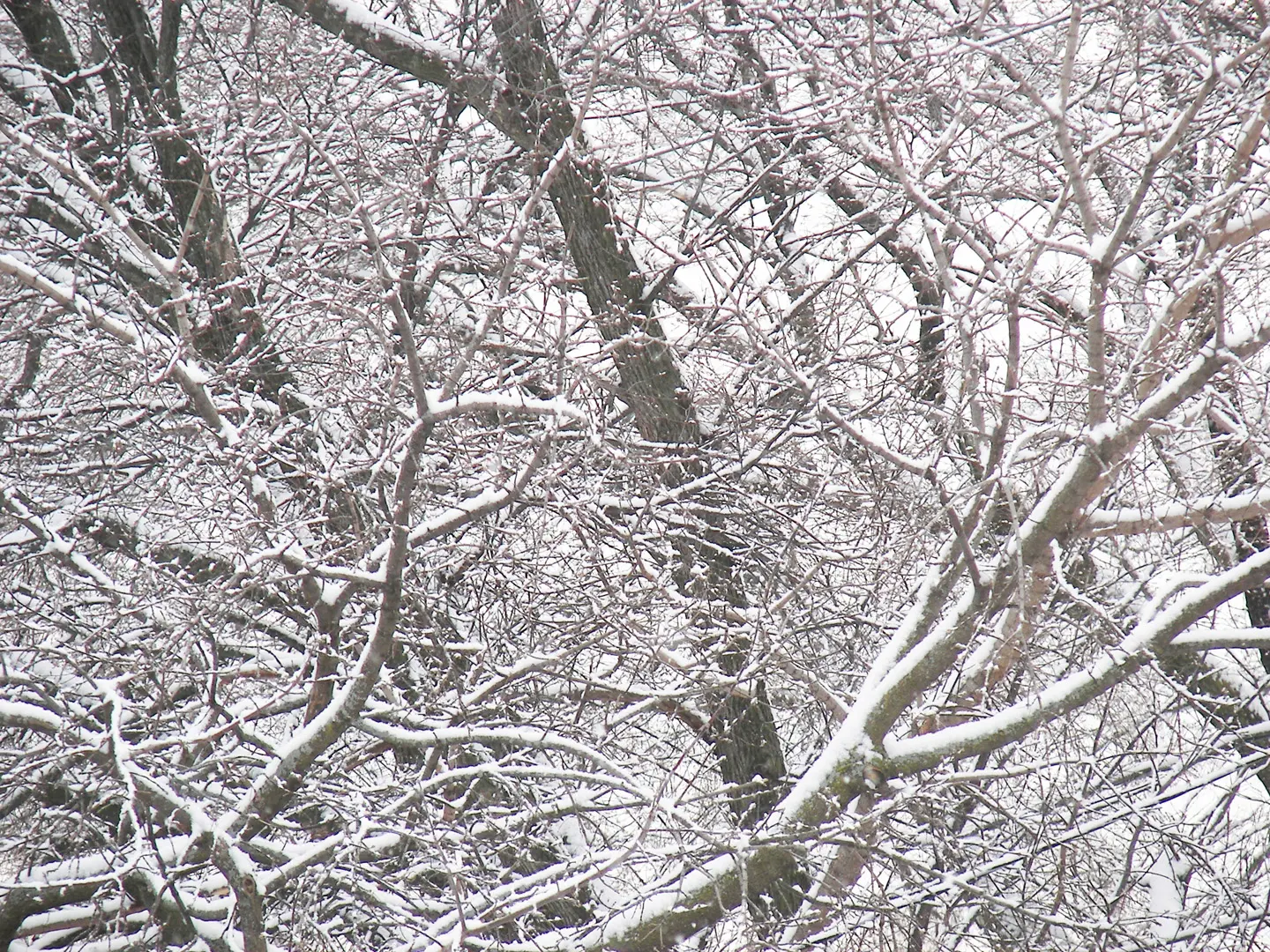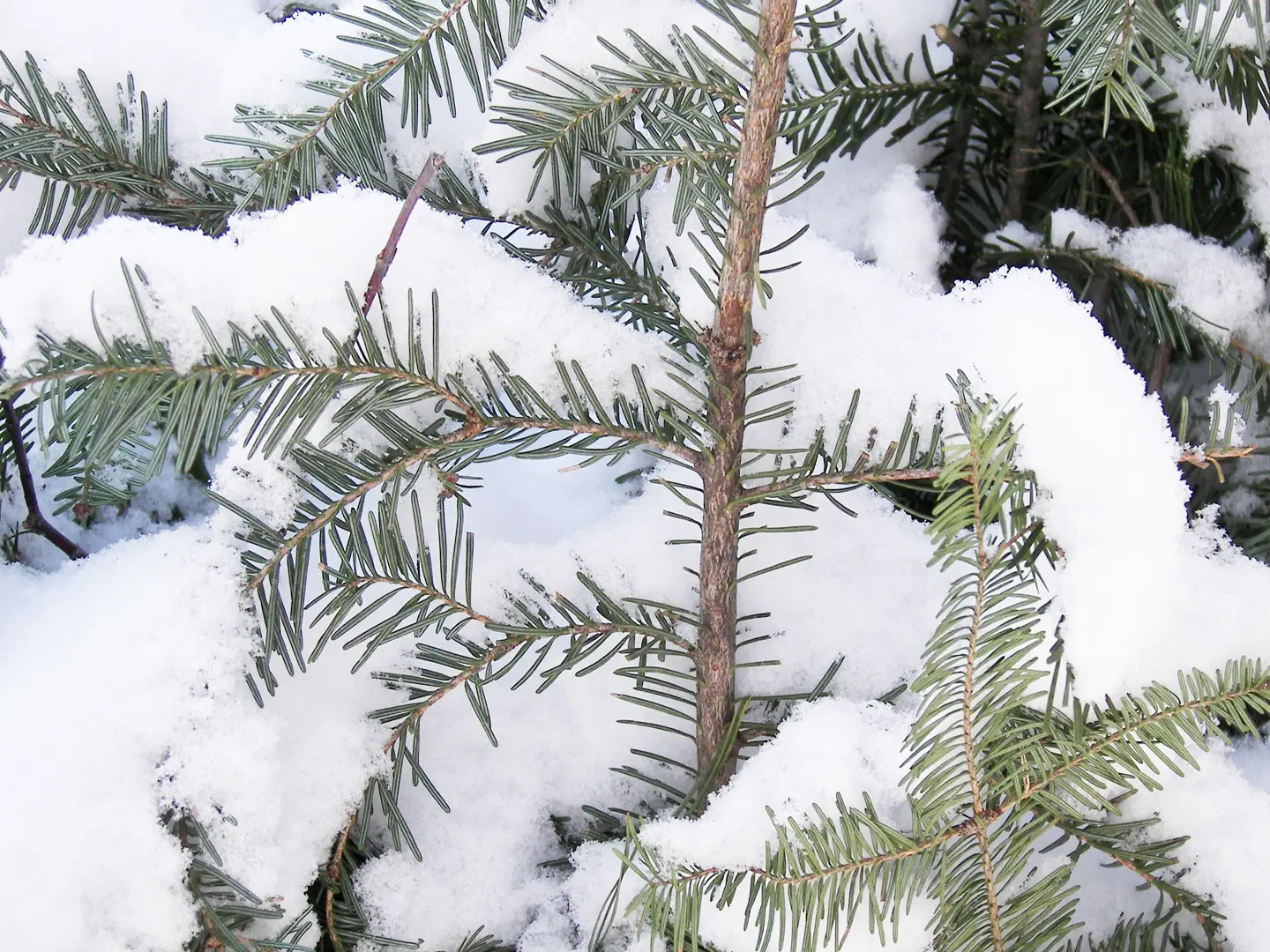Rose – June birth flower
When people think of fragrant flowers the rose often comes to mind.
The American Rose Society lists three main groupings of roses: species (wild roses), Old Garden Roses (in existence before 1867) and Modern Roses (roses in existence after 1867). From there we have lots of classifications. There are over a 100 species of roses and thousands of hybrids. Some are more fragrant than others. Rose categories include Floribundas, Hybrid Teas, English Roses, Grandifloras, Shrub Roses, Climbing Roses, Miniature or Petite Roses.
Here are some basic care instructions for roses. Roses need full sun, around 6 hours a day, to bloom their best. They also need soil with good drainage. Roses appreciate regular watering. Deep soakings of 1-2 inches per week is much better than frequent shallow watering. When watering always water at the base of the plant to avoid getting water on the leaves. This helps to reduce some of the fungal diseases roses tend to get when leaves are wet and humidity is high.
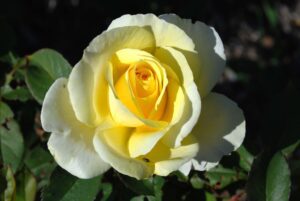
It’s a good idea to mulch around the base of the plant, keeping the mulch a few inches away from the stem. Mulch will help keep the soil cool and moist and help keep the weeds away.
Roses in general need fertilizer. Some, like Hybrid Teas and Floribundas, require regular fertilizing during the growing season. Most shrub roses don’t need to be fertilized regularly or even at all, but I’ve found they do appreciate a dose in spring. Look for fertilizer higher in nitrogen and low in phosphorus and potassium. Be sure to follow the label instructions when applying. Fertilizer should be placed around the drip line of the plant, not at the base. Work it carefully into the soil to avoid damaging the roots. It’s also a good idea to water the area before and after you apply the fertilizer.
Seasonal and maintenance pruning differs based on the type of rose. For shrub roses the main pruning is done in spring once the leaf buds appear. They can be pruned back to half of their previous year’s height. Here in southeastern Wisconsin that is usually in mid to end of April. Make cuts about ¼ inch above the bud on a 45-degree angle. Always prune out any dead or diseased branches.
Different types of roses may require different care, especially when it comes to pruning and fertilizing. Once you decide which type of rose works for you it is worth doing research on the specific care and maintenance required.

